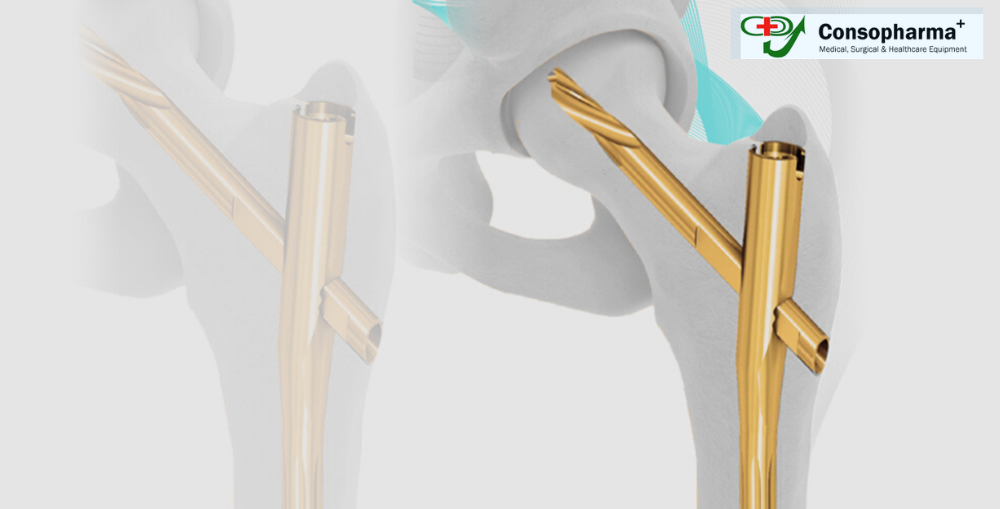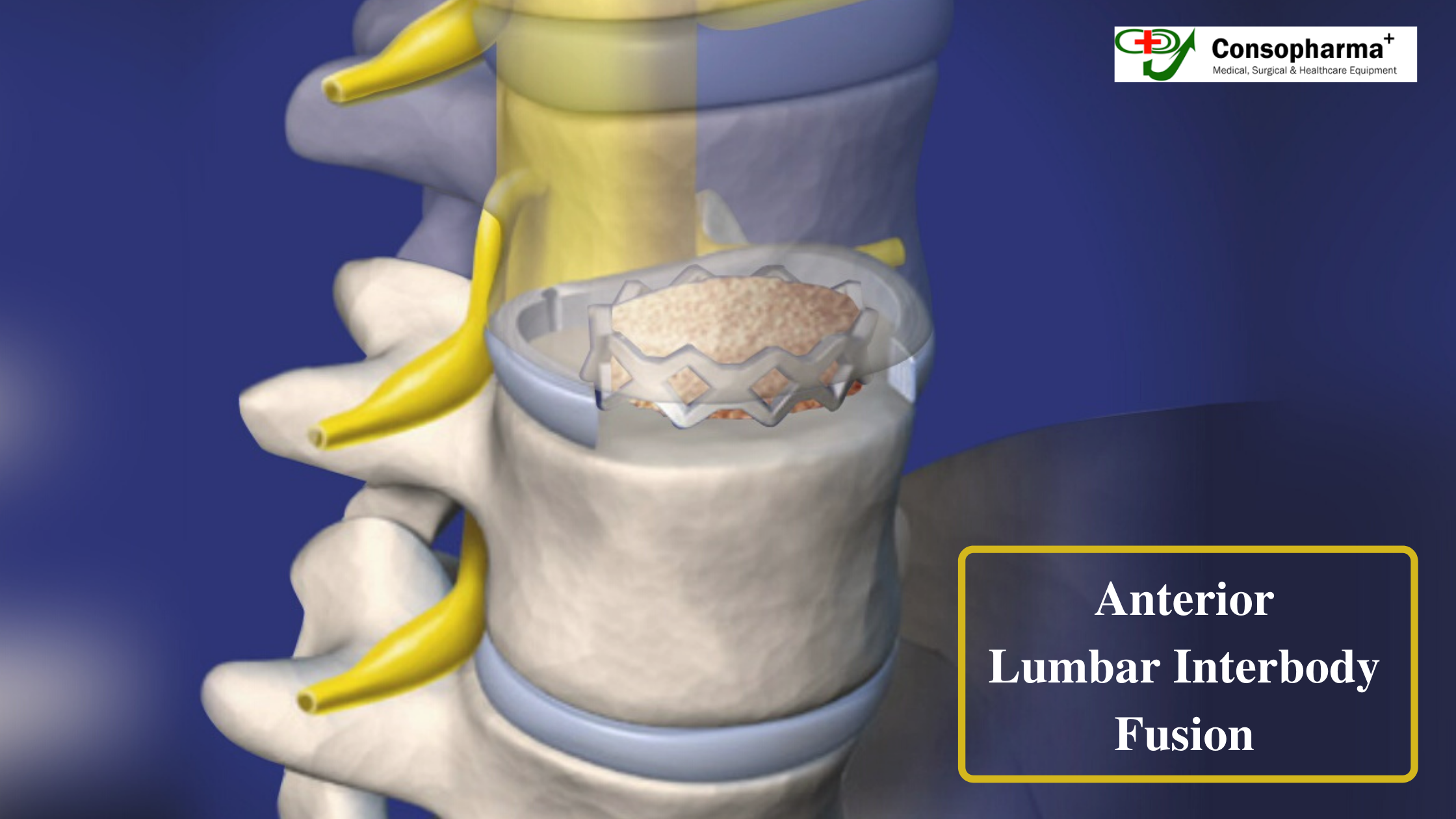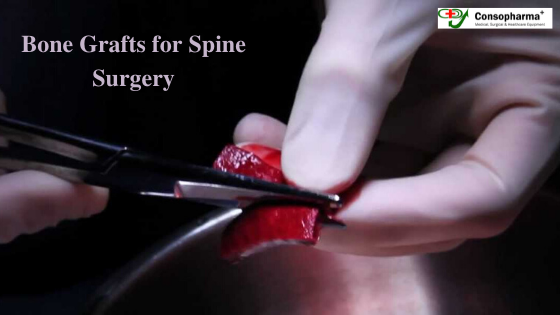Overview of Intramedullary Nails for the Treatment of Fractures

Intramedullary Nails, also known as Intramedullary rod, are very useful for treating fractures. They are used for treatment but forcing them into bones’ medullary cavity.
Intramedullary bones are used for stabilizing long bone fractures and internal struts. These devices are better positioned. As a result, they have better capability to resist multidirectional bending. Also, it is advisable to get the equipment from the best orthopedic nail supplier.
Intramedullary Nails are available in various shapes. From diamond-shaped to cloverleaf and slotted cylinder shape, there are several options.
Fractures and bones where Intramedullary nailing is most successfully done
- In tibia and femur, this nailing procedure is most successfully done. Fractures that are best treated with Intramedullary nailing are –
- Short oblique and traverse fractures of the femoral and tibial shaft are best treated with an Intramedullary nailing procedure.
- In tibia and femur, comminuted fractures can be treated with an Intramedullary nailing process.
- This type of treatment is also best for dealing with pathological fractures.
- In the case of non-union or delayed of tibia or femur are treated with this nailing process.
But, this Intramedullary nailing system should be avoided in the case of children as they might affect the growth plate.
What are the benefits of an Intramedullary nailing procedure ?
- When compared to screw and plate fixation, Intramedullary nailing procedure is much more advantageous biomechanically.
- Intramedullary Nails are much less vulnerable to failure related to fatigue. This is because they are subjected to much less bending load.
- Another benefit of Intramedullary nailing is that they act as a load-sharing device for the fracture. For this reason, get in touch with the best orthopedic instrument supplier.
- Fractures that are treated with Intramedullary nailing don’t associate with stress shielding that is typically treated with screws and plates.
- Intramedullary devices are also beneficial as they don’t require refracture after the removal of the implant.
- Another significant advantage of an Intramedullary Nail is that extensile exposure is not always required.
So, these are the first advantages of using an Intramedullary nailing producer for fracture treatment.
Points to remember after undergoing Intramedullary nail procedure –
First and foremost, a patient undergoing this surgery might feel his or her legs numb for 6 to 12 hours after the surgery. This happens when the patient is given a spinal injection. Also, after the surgery, the patient might experience slight numbness and pain for a few days. In addition to this, the leg might swell up. This symptom is also short term. Sometimes, in such cases, medications are also given to relieve the pain. So, one can see the usefulness of orthopedic bone screws.
Secondly, after the surgery, the patient is needed to walk. This helps by putting weight on the bone and by preventing the formation of blood clots. The process of putting pressure on the bone is called weight-bearing, and it essential to strengthen the bone. For the patient to walk without any difficulty, they are provided with crutches or any other walking device.
Also, another essential recovery step is deep breathing exercise. This helps in clearing the airway and helps in decreasing the chances of any lung infection.
Lastly, consulting a therapist is another crucial factor as it fastens the healing process by strengthening the muscles and making the joints flexible.
So, it is quite clear that the Intramedullary nail procedure is quite beneficial to a better healing process.




